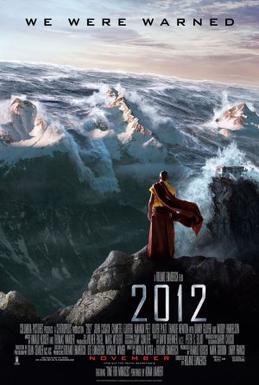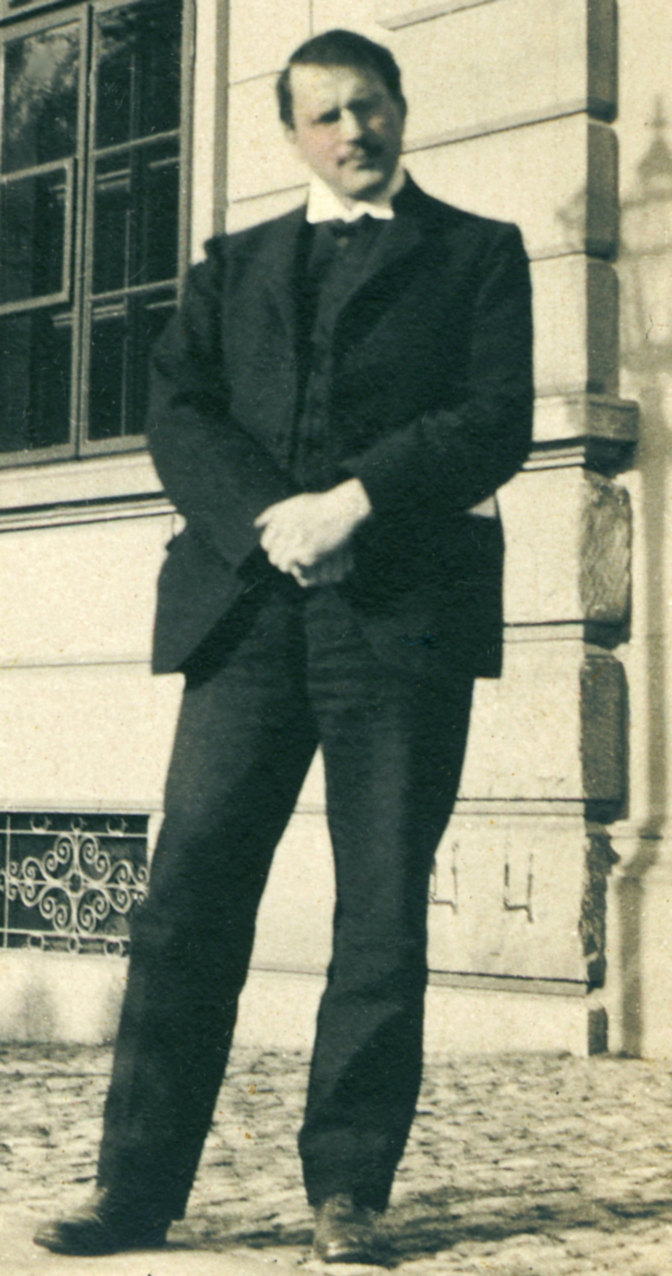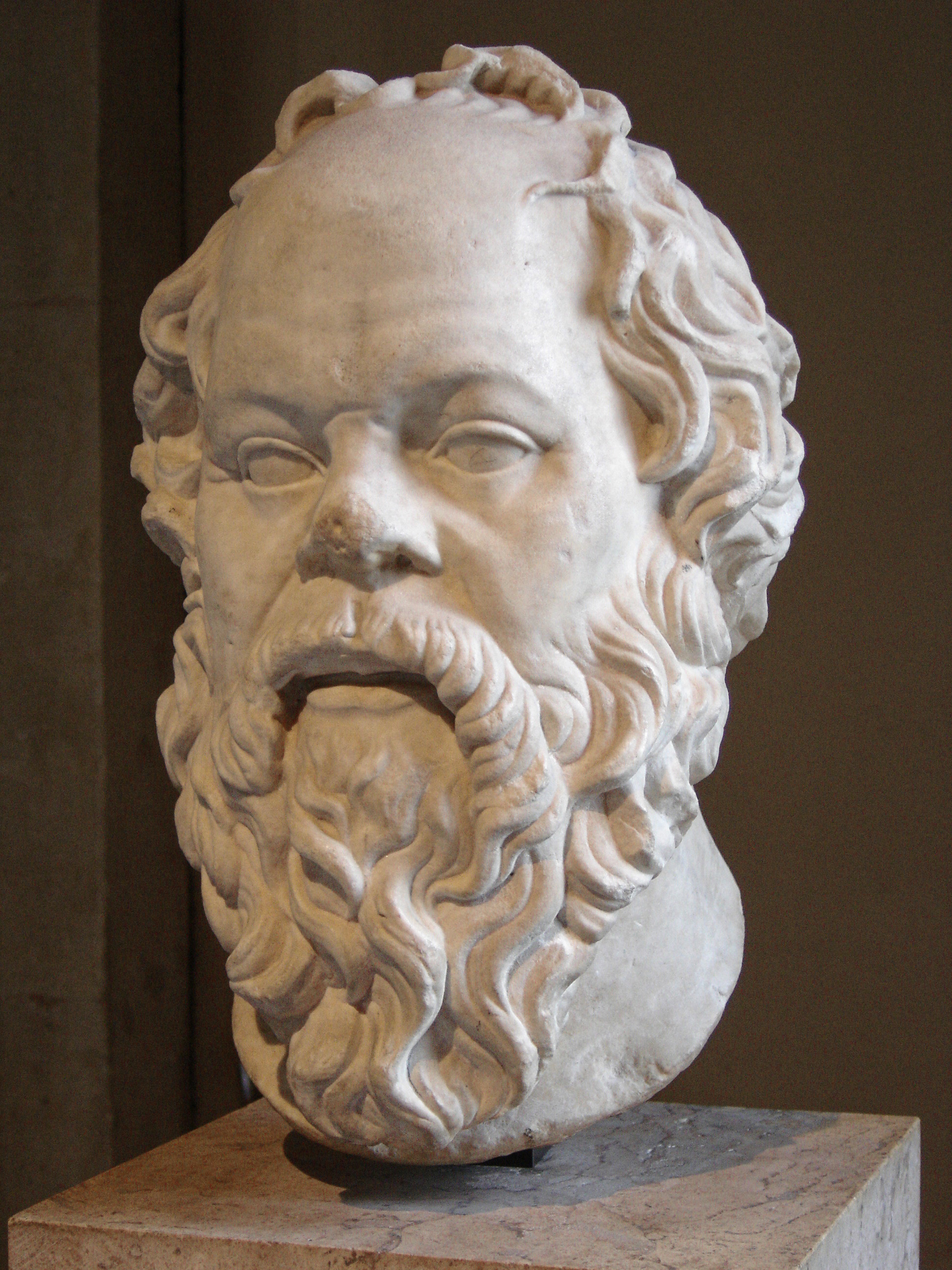By now, most people who have not lived in a social isolation experiment for the last 50 years have
heard about the so-called “Mayan
Apocalypse,” the idea that, with the completion of the full cycle or “long
count” of the Mayan calendar on December 21, 2012, the world will end or be
transformed in some kind of catastrophe.
Exactly how the
world is supposed to end differs from account to account, as shown by the way
the theme has appeared in popular entertainment. The very last episode of the
television show The X-Files featured
a scene in which it was revealed that December 21, 2012 would be the date of an
invasion of Earth by extraterrestrial aliens (see screen shots from “The
Truth,” Season 9, Episode 19, broadcast 2002); as it happens, alien invasion is
a popular Mayan Apocalypse scenario.
 |
| (The X-Files, "The Truth [Pt. 1]," 3:26 into the episode) |
 |
| (3:56 into the episode; image reversed for readability) |
The 2006 movie 2012 posited that the increased solar flare activity during this“solar maximum” year would boil the Earth’s mantle, provoking mega-scale earthquakes and tsunamis (see poster, left, where a tsunami takes out a Tibetan Buddhist temple, hundreds of miles inland); this is another popular Mayan Apocalypse scenario. Other theories currently popular hold that the Earth will be demolished by a star / planet / comet / asteroid known as “Nibiru” on a very long orbit around the sun; claims about the Nibiru cataclysm are detailed in many YouTube videos.
On one level, the most important thing to know about this is
that there
is absolutely no basis in reality for the belief in the Mayan Apocalypse,
including the Nibiru cataclysm. This fact is the subject of a recent post
on the United States government’s blog, an extensive FAQ page on the
NASA website, a detailed article on
the website of NASA’s Goddard Space Flight Center, and, according to an article
in The New York Times, a public
website of the Russian government. This is the subject of John Michael Greer’s
book, Apocalypse Not (see cover;
available through the widget above and to the right). The Nibiru cataclysm in
particular has been debunked thoroughly in two well-written YouTube videos by
“3WME” (available here
and here). (UPDATE: NASA has created a video, supposedly for December 22nd, which debunks the Mayan Apocalypse in less than four-and-a-half minutes. Watch it here.)
Put simply: no, the world is not going to end on December 21, 2012, and there is no reason to
think that the world will end anytime soon.
However, that is not
enough, for a student of psychology.
It is not enough to know that there is no basis in reality
for what can only be described as a mild social hysteria regarding the Mayan
Apocalypse (a hysteria that apparently has even driven some to suicide,
according to the Times). No, as
students of psychology, we must ask: Why
has this social hysteria occurred? Why is this notion so widespread? What
maintains this belief?
As it happens, different theories in personality psychology and cognitive psychology
have something to say about the psychological underpinnings of the belief in
the Mayan Apocalypse. Below, I give brief descriptions of how some of these
theories might approach this issue, roughly in the chronological order of each
theory’s emergence. (Note: these explanations are not mutually exclusive! And, yes, I know that I am applying
theories of individual personality and cognition to
the social realm.)
Freudian Psychoanalytic Psychology
Beginning in his book Beyond
the Pleasure Principle (1920), Sigmund Freud (1856-1939, pictured) posited
that humans had a “death drive,” expressed in self- and other-destructive
impulses, expressed socially in war. Why this should be so would require a
lengthy consideration of Freud’s work (including Beyond the Pleasure Principle, The
Ego and the Id [1923], and Civilization
and Its Discontents [1930]—all written many years after Freud gave up
cocaine in 1896, for those who are wondering). In brief, part of the idea here
is that an organism seeks to discharge tension, and death is the ultimate
tension-less state.
The applicability to the Mayan Apocalypse is clear. The
world in the early 21st century, especially in the industrialized
countries, is heavily overstimulated with electronic media and the weight of
hyperconnectedness. In addition, the normal anxieties of life are amplified on
a global scale, what with concerns about multiple wars; the potential for
terrorist attacks (let alone their nuclear or biological variants); climate
change and its consequences (extreme weather, rising ocean levels); pandemic
disease. In a very broad-brush way, the end of the world would end the overstimulation, end the anxiety, end the tension:
Death, the great simplifier. I see this as a deeply deficient solution, of
course. But on a primitive level of the mind, perhaps it seems otherwise; the
Mayan Apocalypse would appeal to that primitive level of mind.
Jungian Psychology
Freud’s contemporary and one-time disciple, Carl Gustav Jung
(1875-1961, pictured), took depth psychology in a very different direction than
Freud did. In particular, Jung thought that humans were born with certain
fundamental cognitive structures, the archetypes—impossible to apprehend
consciously, but appearing in symbolic form in myths, dreams, and legends. One
such archetype is the Self, the apex of a person’s fully developed
individuality; it is often symbolized by circular objects, such as mandalas, or
spherical objects, such as the Sun. Another archetype is the Shadow, which
represents the traits one has that are not acceptable to society or to oneself;
it is often symbolized by dark and destructive beings or objects. (See Man and His Symbols by Jung and his
associates, an accessible—if unfortunately titled—introduction to Jungian
personality theory.)
In the language of the archetypes, the Mayan Apocalypse
represents a fear, and perhaps a warning. In many ways, the 20th and
early 21st centuries have shown humankind rather at its worst, in
terms of large-scale violence and oppression, environmental damage, and the commodification
of human life, that is, the reduction of everything to economic terms. (The recent
scandal involving a cover photo in the New
York Post—where the photographer apparently declined to save a man’s life
in order to photograph that man facing a subway train a moment before it killed
him—is an extreme example of this commodification.) The notion of the Earth (in
Jungian terms, a spherical symbol of the Self) being destroyed by chaotic
forces (in Jungian terms, symbols of the Shadow) is a sort of archetypal
nightmare. Having it clothed in the garb of Mayan myth (embodying another
Jungian archetype, the Old Man or Woman who bestows wisdom) would make this nightmare
all the more powerful.
The Nibiru cataclysm—where some celestial body, the agent of
chaos, literally comes out of the ‘Shadow’ of outer space to destroy the
Earth—is, if anything, even a neater archetypal nightmare in Jungian terms.
Jungian individuation—the process of becoming one’s best possible self, in a
sense—involves a “conjunction of the opposites” in which the Shadow becomes
reconciled to and incorporated within the Self. In the Mayan Apocalypse, the
Shadow demolishes the Self. As a vision of our potential societal future, the
Jungian reading of the Mayan Apocalypse obsession poses quite a serious warning.
No wonder these matters would be on society’s mind, from Jung’s point of view.
[Note: See what The Jung Page has to say about all this.]
[Note: See what The Jung Page has to say about all this.]
Humanistic Psychology
Humanistic psychology, as embodied in the work of such
psychologists as Rollo May (1909-1994, pictured), is concerned with how issues
of meaning, freedom, human connectedness, and mortality are worked out in the
life of the individual. In humanistic counseling and psychotherapy, dream analysis
concerns itself with how these themes expose themselves symbolically in the
life of the individual.
From this perspective, one can read society’s obsession with
the Mayan Apocalypse as demonstrating a fear that the world of the 21st
century offers little support to the individual when it comes to the weightier
matters of life. The decline (especially in Western Europe and some American
locations) of traditional religion leaves some people with little sense of the
greater meanings of life, yet “doomed to freedom,” in the phrase of Jean-Paul
Sartre (an existentialist philosopher, of some note among
humanistic/existentialist psychologists). I find it instructive that two recent
films—Melancholia (2011) and Seeking a Friend for the End of the World
(2012)—explore the meaning of human connectedness in the face of an inescapable
Nibiru-type cataclysm. And what better vehicle could one have than the Mayan
Apocalypse to force unresolved issues of mortality and life’s ultimate meanings
to the very forefront of our thoughts, on a planetary scale?
Cognitive Psychology
There are a couple of ways in which cognitive psychology
might be applied to society’s obsession with the Mayan Apocalypse, both of
which deal with why people might believe in ideas, like the Mayan Apocalypse,
which have such a poor body of supporting evidence.
 First, one might consider the matter of systematic,
‘hardwired’ biases in cognition. The study of such biases was pioneered by the
psychologists Amos Tversky (1937-1996, pictured left) and Daniel Kahneman (b.
1934, pictured below left), as documented in their seminal 1974 paper, “Judgment Under
Uncertainty: Heuristics and Biases” (Science,
185, 1124-1131; widely anthologized).
First, one might consider the matter of systematic,
‘hardwired’ biases in cognition. The study of such biases was pioneered by the
psychologists Amos Tversky (1937-1996, pictured left) and Daniel Kahneman (b.
1934, pictured below left), as documented in their seminal 1974 paper, “Judgment Under
Uncertainty: Heuristics and Biases” (Science,
185, 1124-1131; widely anthologized).
Consider what Tversky and Kahneman labeled the availability heuristic: People consider
those things most probable that come to mind most easily. Hollywood has been
feeding movies about alien conquest of Earth into the public consciousness
since the 1950s; for recent examples, think of Independence Day (1996), War
of the Worlds (1953, remade 2005), Battle:
Los Angeles (2011), even Battleship
(2012)—this could easily become a very long list. Hollywood has also been
producing movies about global catastrophes since at least the 1970s; for recent
examples, consider The Core (2003), The Day After Tomorrow (2004), 2012 (2006), Sunshine (2007), and Knowing
(2009). Two major motion pictures about planet-killer asteroids hit the screens
in a single summer (Armageddon and Sudden Impact, both 1998), and in this
vein we should remember the aforementioned Melancholia
(2011) and Seeking a Friend for the End
of the World (2012). Global catastrophe is thus easily imaginable for
anyone who has been to the movies. This feeds into the bias of imaginability, one aspect of the availability heuristic:
that which is easily imaginable is considered all the more likely.
Second, one might consider the matter of critical thinking
itself. In a tradition going back at least as far as Socrates (5th
century bce, see bust),
philosophers have emphasized the need for vigorous testing of claims, to
explore the solidity of evidence and the soundness of logic—and, of course,
psychology as a discipline rose from within philosophy.
However, the literature and media (videos, etc.) that
support the idea of the Mayan Apocalypse utterly fail any standards of critical
thinking. (This topic would require an extremely long essay in itself.) In the
face of this, one has to wonder aloud what research might be constructed to
test for critical thinking skills, what programs could be devised to improve
them, and what program evaluation research might be applied to those programs.
(Students take note: There are many bachelors’ and masters’ and even doctoral
theses topics in here, I’m sure, not to mention an entire professional research
program for any enterprising psychologist.)
Transpersonal Psychology
Transpersonal psychology was largely founded on the late
work of Abraham Maslow (1908-1970, pictured)—earlier a leading light of
humanistic psychology—who, near the end of his life, realized that
self-actualization was not the true top of the hierarchy of human motivations
for which he was famous: actually self-transcendence was. That is, when needs
lower on the needs hierarchy are met, people seek to connect up with something
greater beyond themselves, be that a Deity or Power, a cause, or the pursuit of
the Good, the True, and the Beautiful. (See my 2006
paper on Maslow and self-transcendence.)
From a transpersonal perspective, the societal focus on the
Mayan Apocalypse reflects a widespread inability to access the transcendent. To
put it bluntly, Western civilization is materialistic to a fault. In this
context, although people have an inchoate sense of a transcendent reality,
without a way to access that reality, they can conceive of it only in terms
that are utterly unreachable, even alien, chaotic, even malevolent. And, of
course, that is the Mayan Apocalypse: cosmic forces that are literally aimed at
Earth and result in its destruction. It is a vision of fear, borne of the
spiritually vapid nature of modern Western culture.
Conclusion
Before we can address damage—whether in the disordered
function of a patient or client, or in the fears or imbalance of a society—we
have to have a way of conceptualizing the problem. A brilliant psychologist and
mentor, Douglas H. Heath, once taught me to memorize this saying of Margaret
Mead: “A clear understanding of the problem prefigures the lines of its
solution.” Perhaps one of the personality theories above will give the reader
some insight into how to address our society’s issues, given that those issues
are manifest in such a phenomenon as the Mayan Apocalypse hysteria. Although I
have emphasized research in the Cognitive Psychology section above, in reality,
research may be conducted from within each of these perspectives. I wish student
theoriests and researchers well in addressing these issues.
Media may contact me through my website Contact page; I respond promptly.
Media may contact me through my website Contact page; I respond promptly.
Readers are welcome to comment on this post, below.
I invite you to become a “follower” of this blog through the
box in the upper-right-hand corner of this page, to be informed of future
posts.
Mark Koltko-Rivera on Twitter: @MarkKoltkoRiver .
The “Mark Koltko-Rivera, Writer” page on Facebook:
http://www.facebook.com/pages/Mark-Koltko-Rivera-Writer/13487584827
The “Mark Koltko-Rivera, Writer” page on Facebook:
http://www.facebook.com/pages/Mark-Koltko-Rivera-Writer/13487584827
[The opening image was found on the post
“Mayan Apocalypse?” of the blog SiOWfa12:
Science in Our World: Certainty and Controversy, the blog for a Fall 2012
course at Penn State University. The post was written by Nicholas H. Oliver; it
was unclear to me whether Mr. Oliver authored the image. The remaining images
are either in the public domain or are the property of their respective
copyright holders.]
Copyright 2012 Mark E. Koltko-Rivera. All Rights Reserved.









